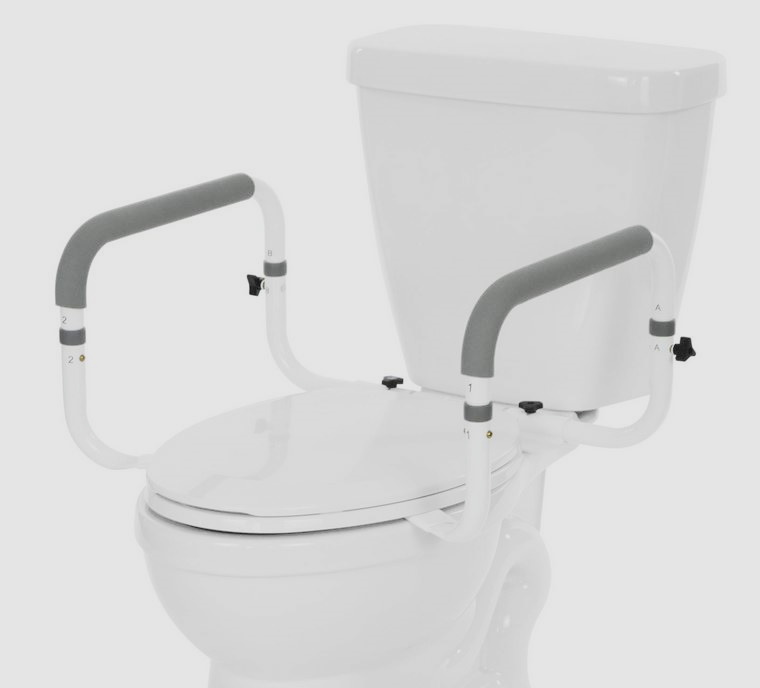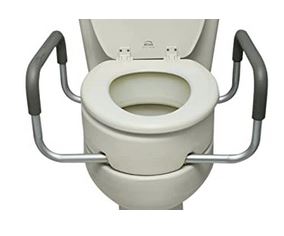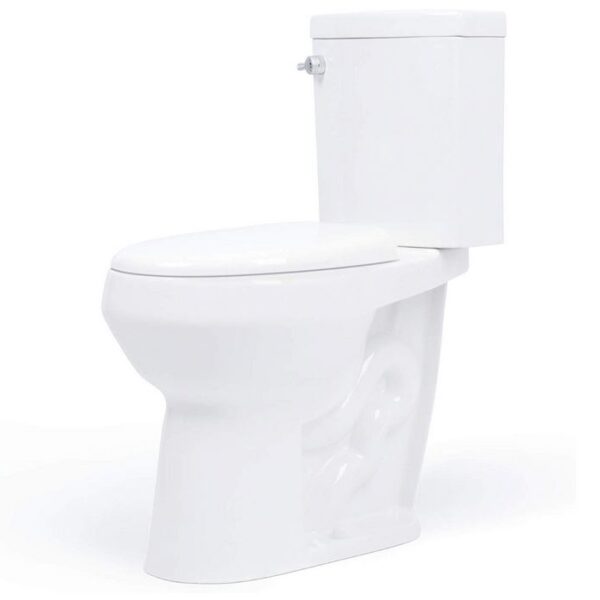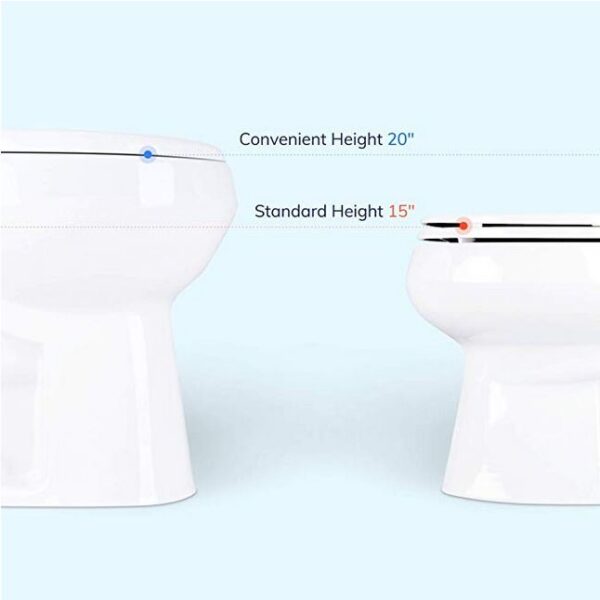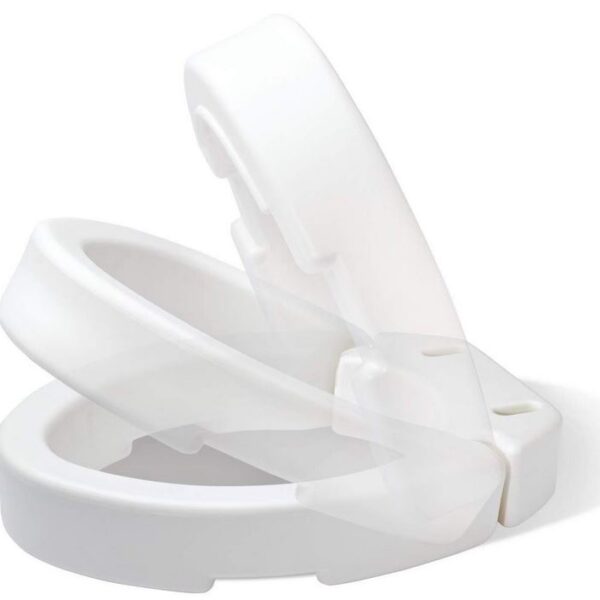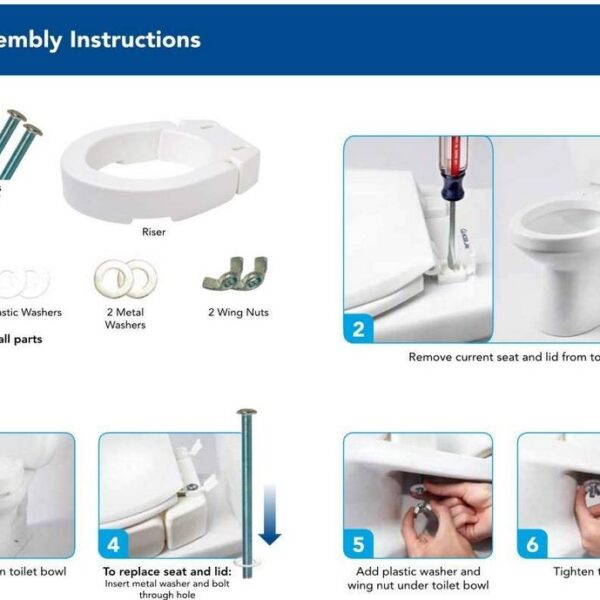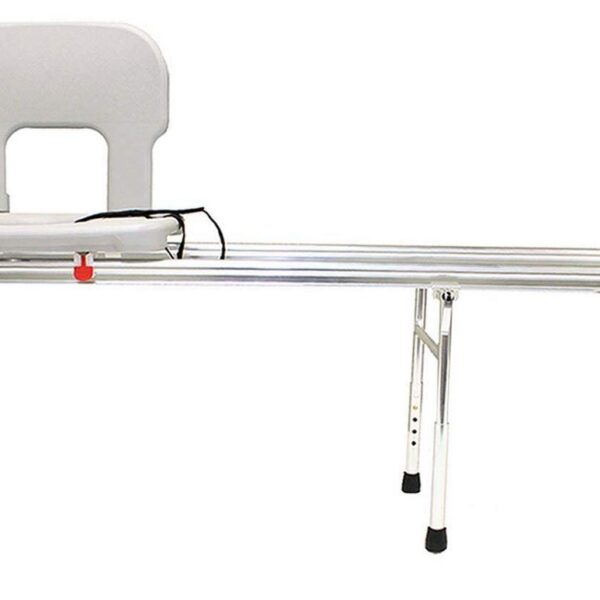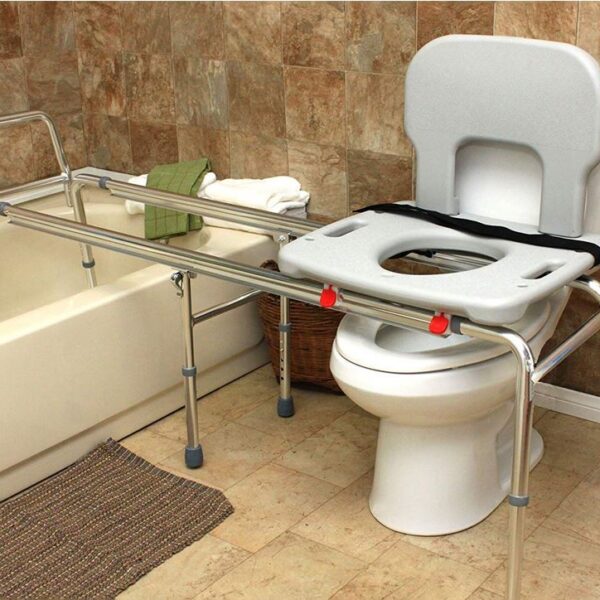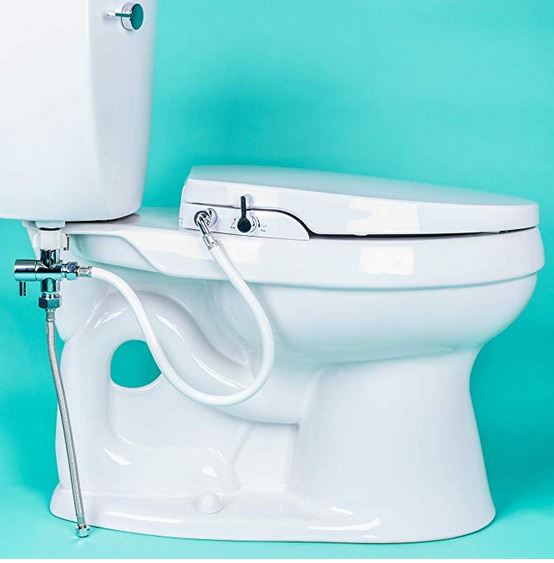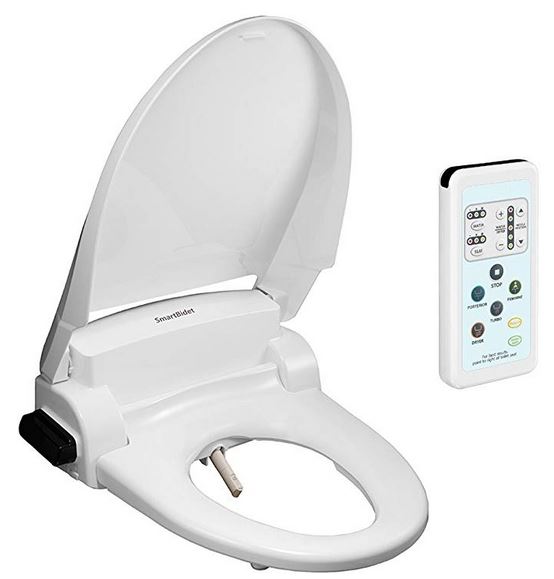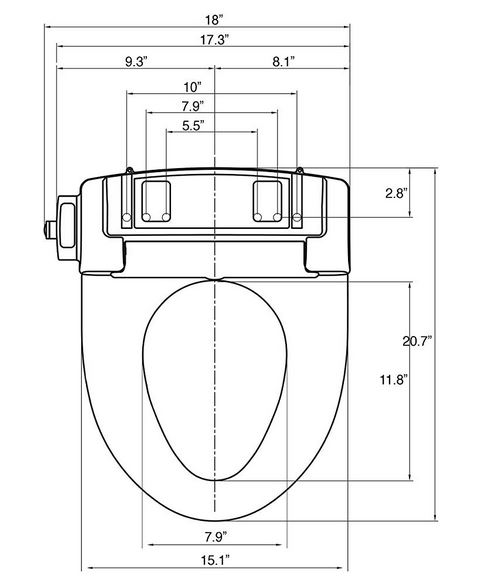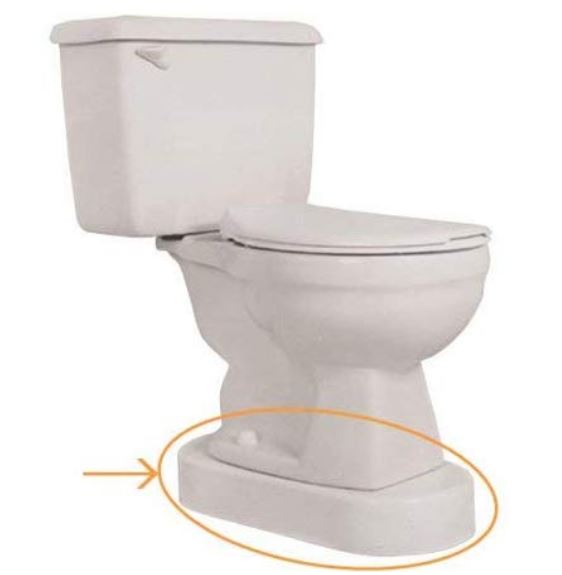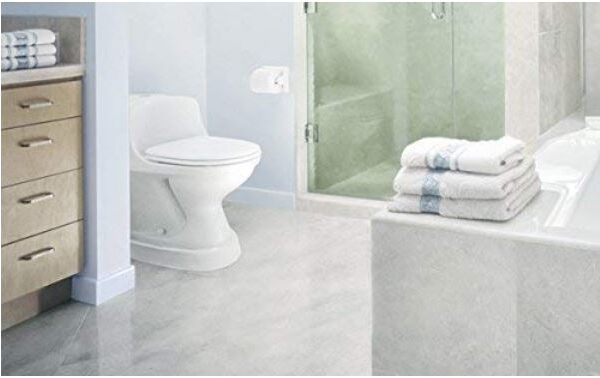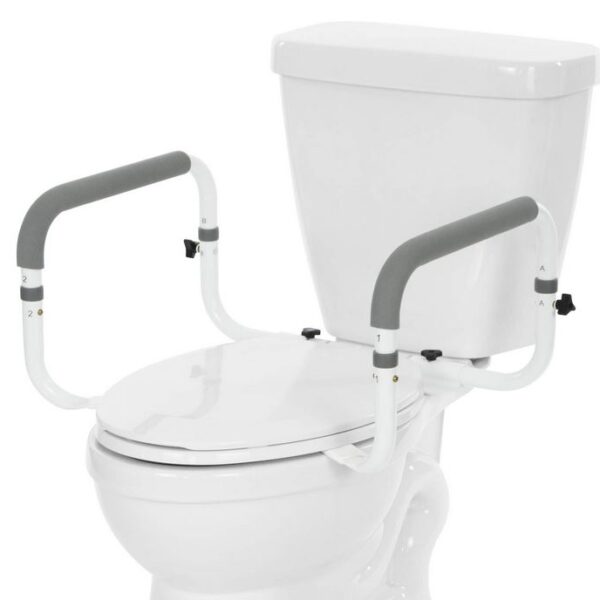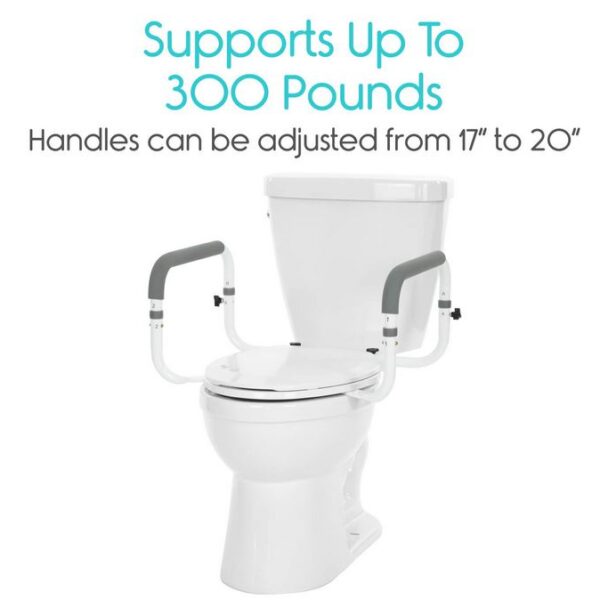What are the best toilets for seniors? That really depends on several personal factors of the toilet user:
- Lower leg height
- Physical strength
- Ability to stand and sit
- Length of and ability to reach and ability hold things
- Ability to clean oneself after finishing
- Issues with incontinence
- Physical gender
Once you know the personal factors, you are in a better position to evaluate the features of any given toilet and match them to the person who will be using the toilet.
What are the most important toilet features for seniors?
- Height (standard height 15″-16 1/8″, comfort (ADA) height 17″-19″, or extra high 20″) Measured from floor to seat top.
- Bowl size(round or elongated)
- Flushing mechanism (handle, push button, or foot pedal)
- Noise of flushing
- Power of flushing
- Economical use of water
- Ease of cleaning
- Other Features:
- Raised toilet seats and toilet risers (elevators)
- Toilet grab-bars
- Bidets
- Soft-close toilet seats
- Special purpose – RV toilet
Toilet height is an extremely important factor for seniors. Bending down to use the toilet and standing back up when done can lead to one or more health, comfort, and safety issues:
- Numbness in the legs and lower body.
- General body weakness.
- Joint pain.
- Dizziness and a spinning feeling.
- Loss of balance and accidental falls.
If you ever experience any of the above when using the toilet, you will likely benefit from a higher toilet (comfort height), or a raised toilet seat installed on a standard height toilet. If you are really tall, you may want to install an extra high toilet. Many seniors also add toilet grab bars to help them sit down and stand up.
You should be aware that many commode / shower wheelchairs can be backed over a standard height toilet when the commode pan is removed. If the person using the toilet is going to be wheeled by a home care aide over the toilet, then any toilet higher than the standard height will be impractical.
Terminology describing toilet heights varies a little vendors, but is relatively standardized. Below is a table showing commonly used terms and related heights.
Common Terminology —> Inches from Floor to Top of Seat —> Comments
Standard Height —> 15″-16 1/8″ —> Best for shorter and average height persons. Best choice to avoid constipation
ADA Height (Americans with Disabilities Act) —> 17″-19″ —> Height set forth in the Americans with Disabilities Act
Comfort Height —> 17″-19″ —> Used by Kohler
Chair Height —> 17+” —> Height from heels to bottom of thigh while sitting
Right Height —> 17″-19″ —> Used by American Brand
Universal Height —> 17″-19″ —> Used by Toto Brand
Extra High Height —> 20″-22″ —> For tall people
The bowl size is generally described as Standard Round or Elongated. Round bowls are typical 17 inches from the front outer rim of the bowl to the seat-screws in the back of the bowl. The corresponding measure of elongated bowls is 19 inches.
To give you a better idea of what is available in each category of Toilet and Toilet Accessory, shown below are three examples of each type of Toilet and Toilet Accessory described on this page. I have selected examples from higher consumer-rated Toilets and Toilet Accessories offered on Amazon. Click the picture of the item or the “Buy Now” button below the description to read more about each item shown.
Below is a sampling of toilets and toilet products that are designed to help you age in place for a longer period of time. Click on the links to find out more information, see other products selections, and if you like, to make a purchase from one of our providers.
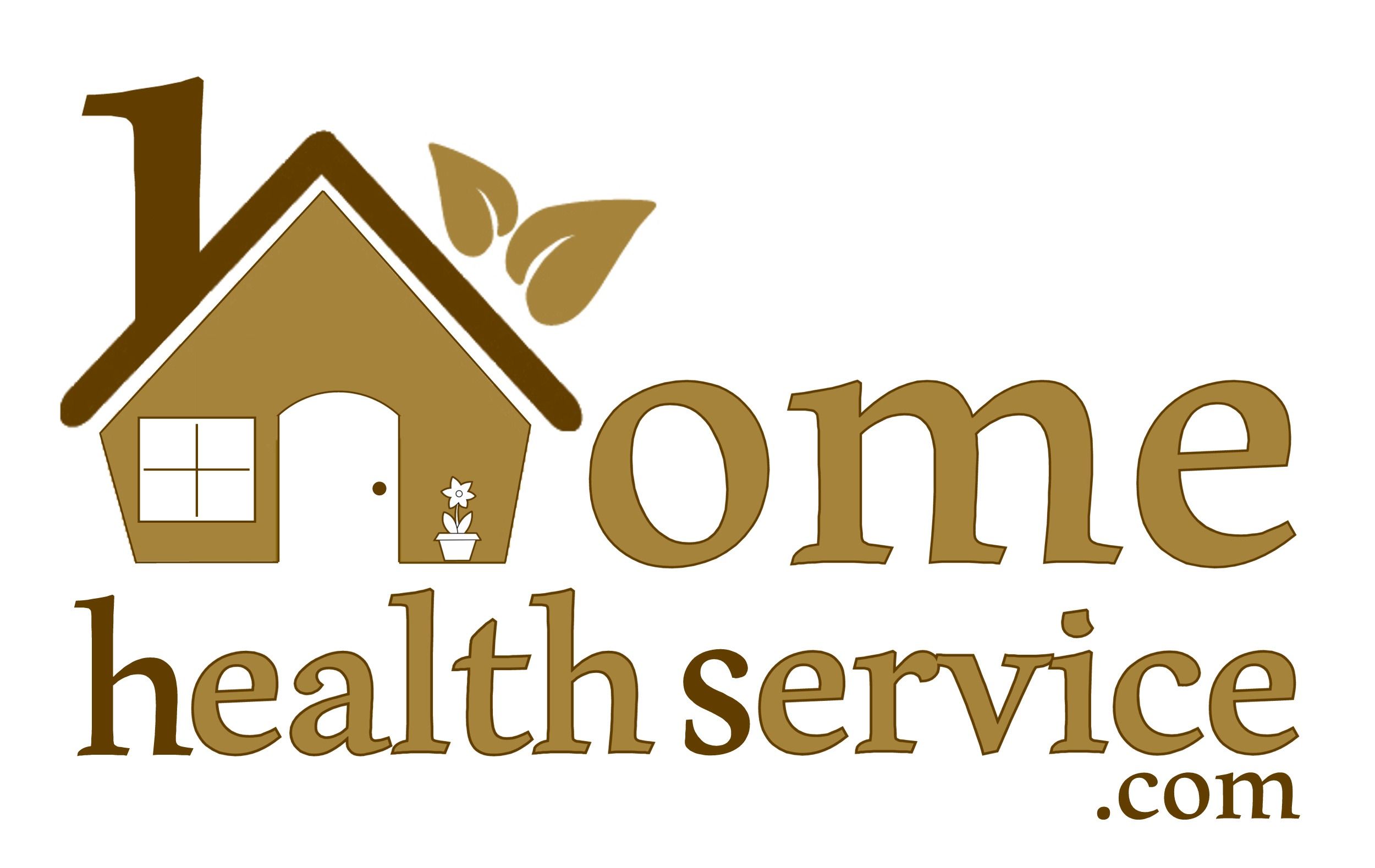

 Personal Development Goals
Personal Development Goals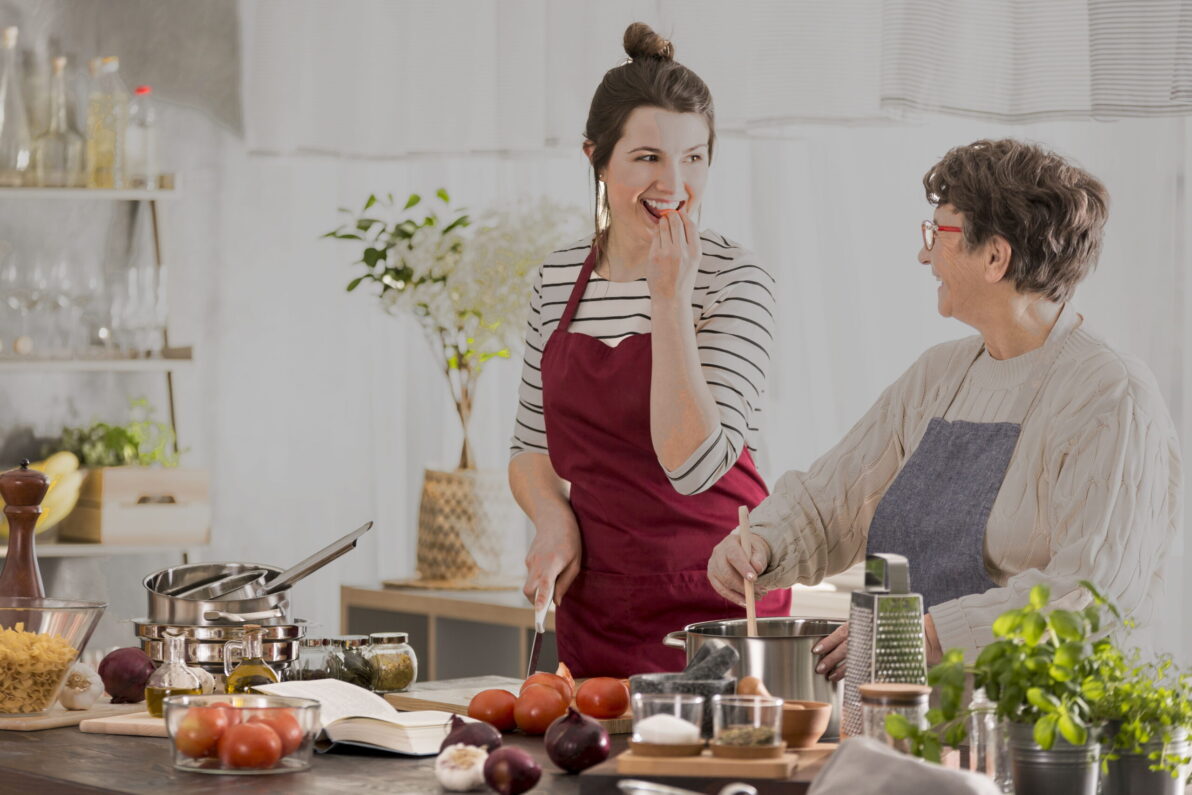
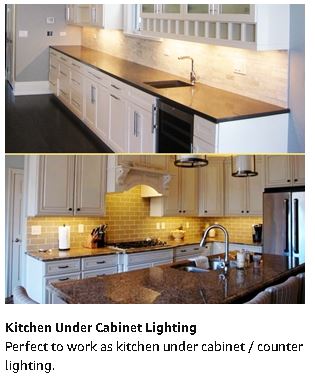
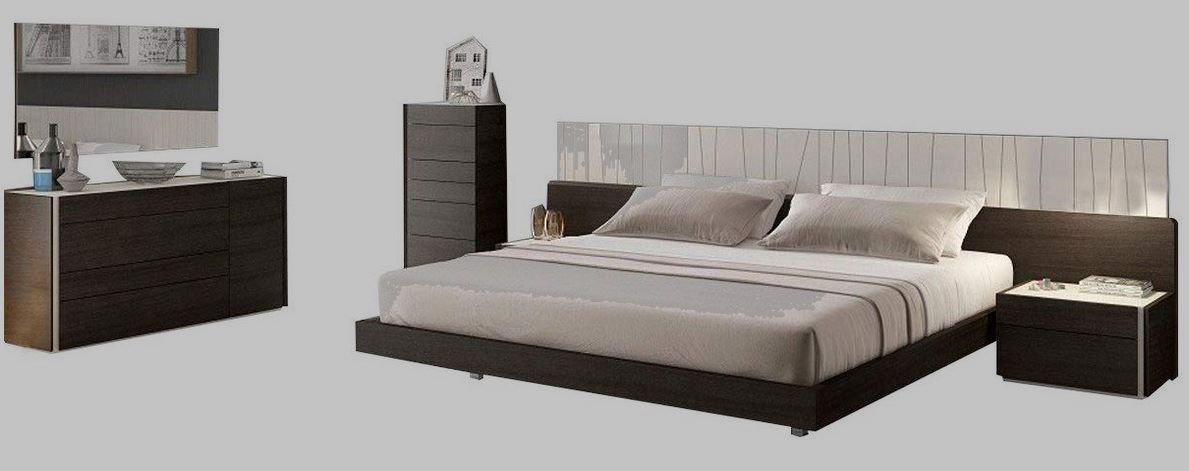 Bedrooms Designed for Aging in Place
Bedrooms Designed for Aging in Place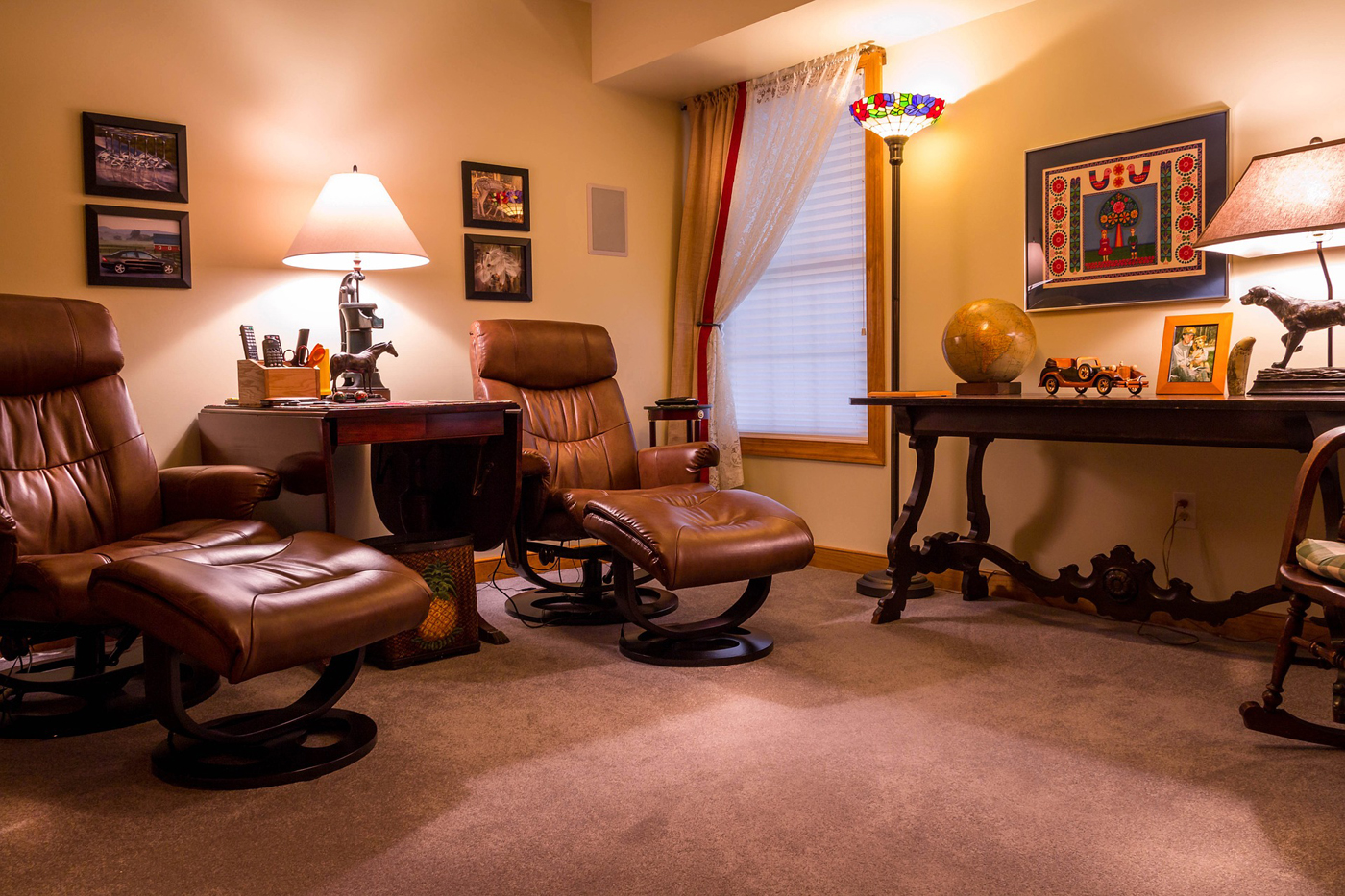 Furniture
Furniture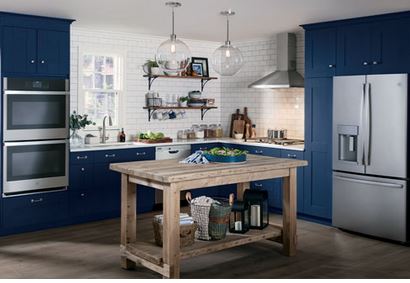 Kitchens Designed for Aging in Place
Kitchens Designed for Aging in Place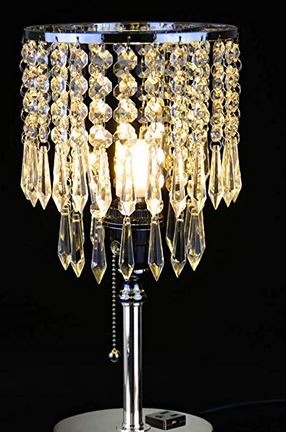 Lighting and Light Switches
Lighting and Light Switches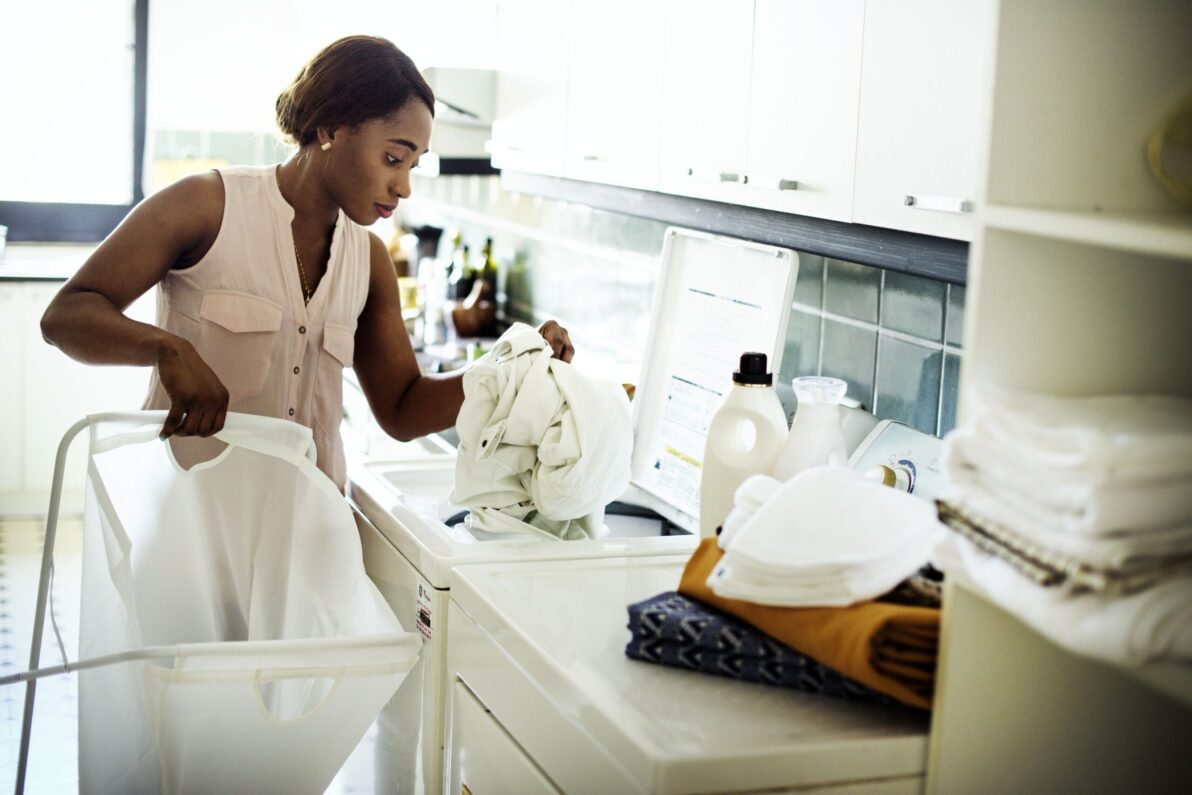
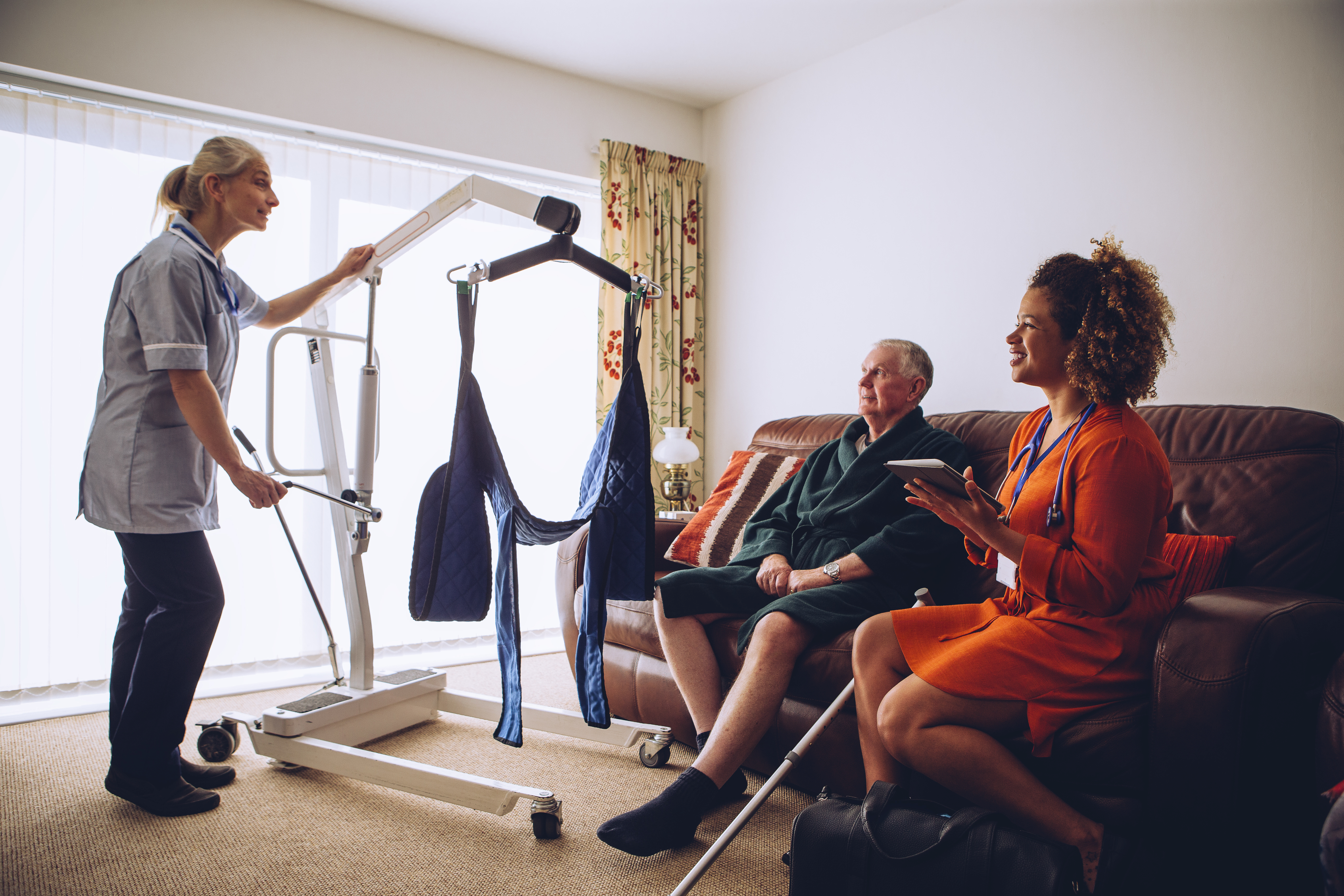 Assisting With Functional Mobility
Assisting With Functional Mobility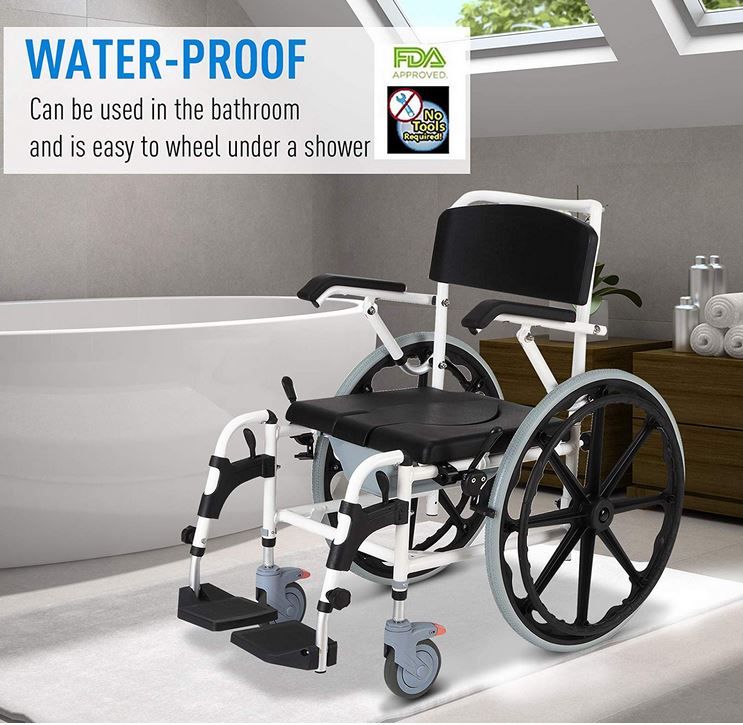 Bath and Shower Mobility Aids
Bath and Shower Mobility Aids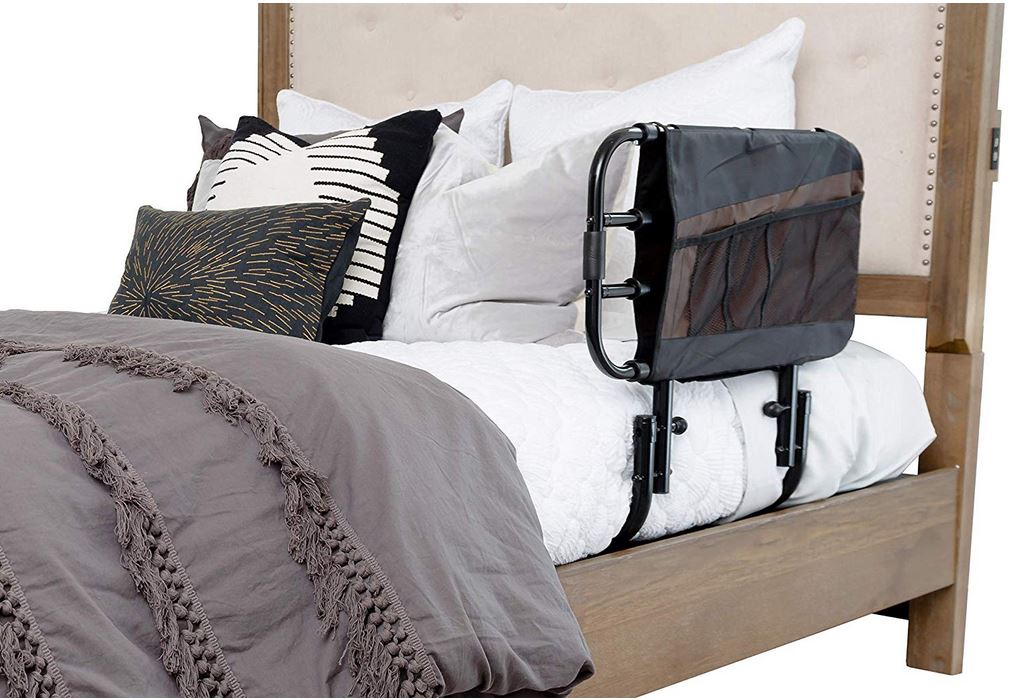 Bedroom Mobility Aids
Bedroom Mobility Aids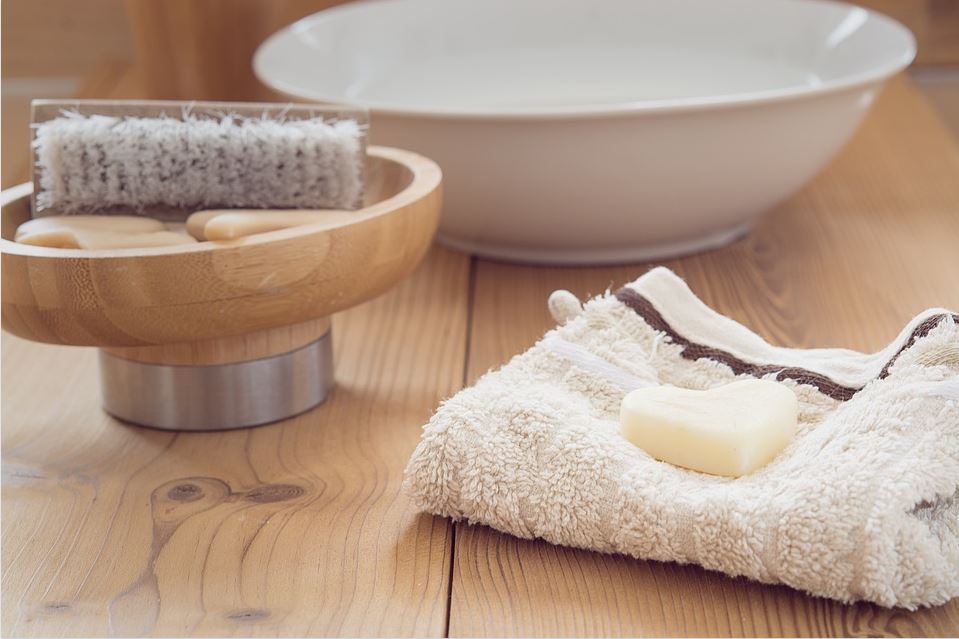 Assisting with Personal Grooming and Hygiene
Assisting with Personal Grooming and Hygiene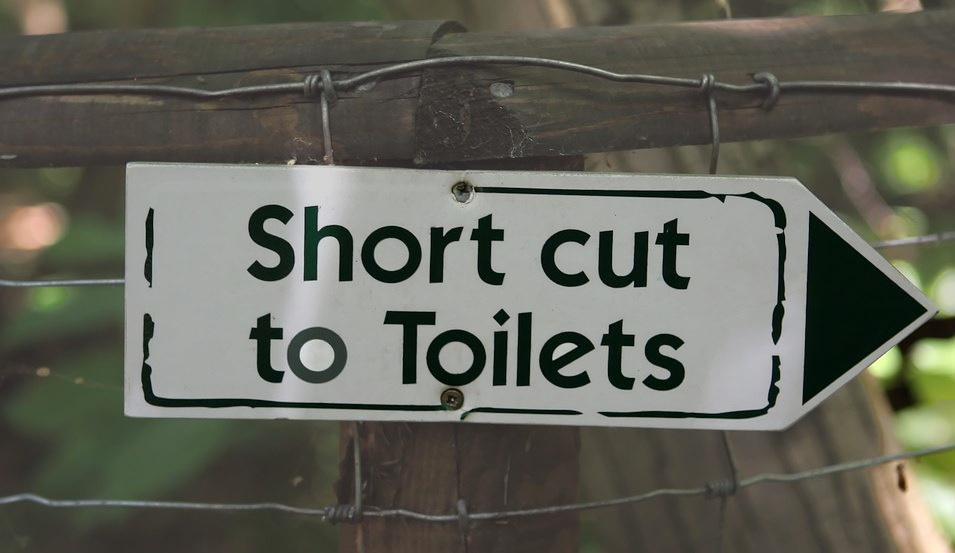 Caring for Someone With Incontinence
Caring for Someone With Incontinence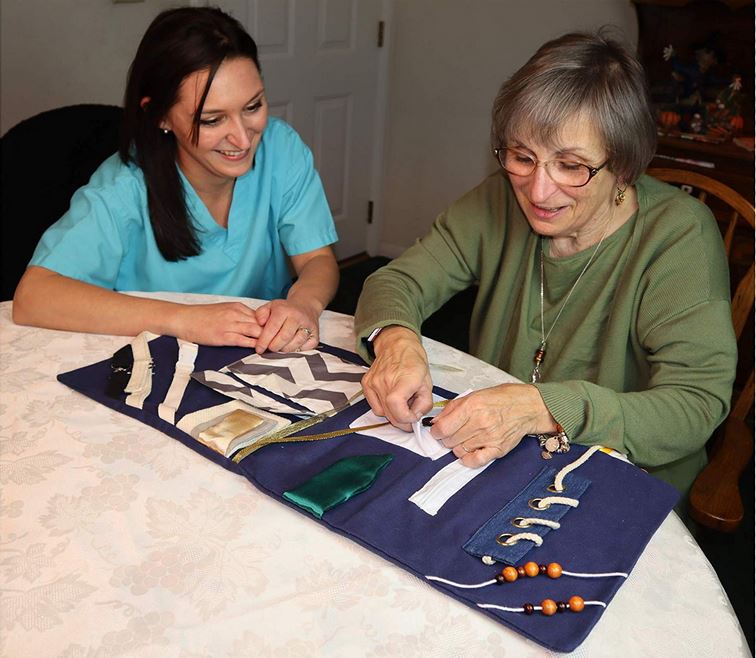 Helping People To Cope with Alzheimer’s and Dementia
Helping People To Cope with Alzheimer’s and Dementia Helping With Bill Paying
Helping With Bill Paying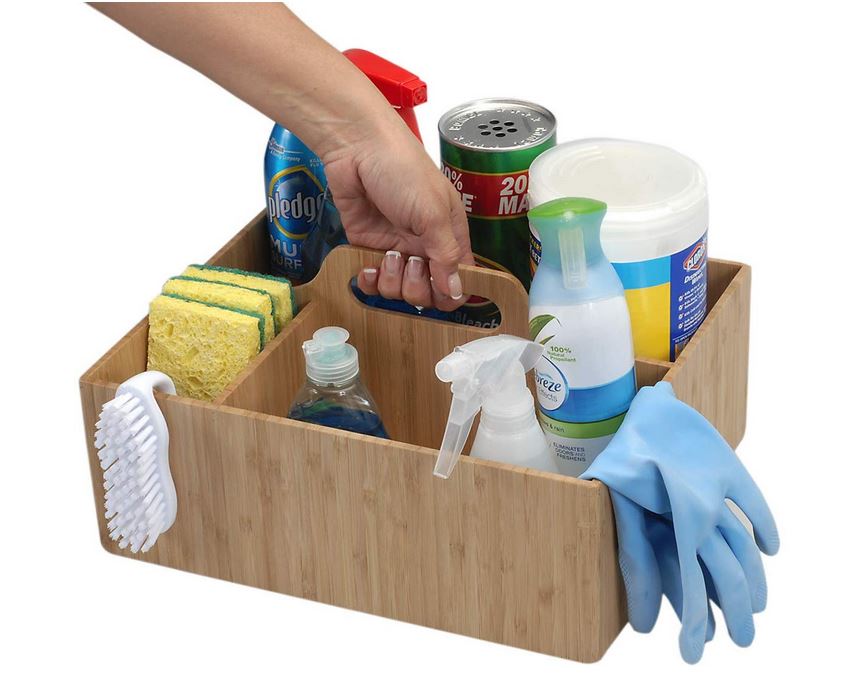 Home Cleaning Services
Home Cleaning Services Offering Companionship
Offering Companionship Providing Medication Reminders
Providing Medication Reminders Providing Transportation
Providing Transportation Running Errands
Running Errands
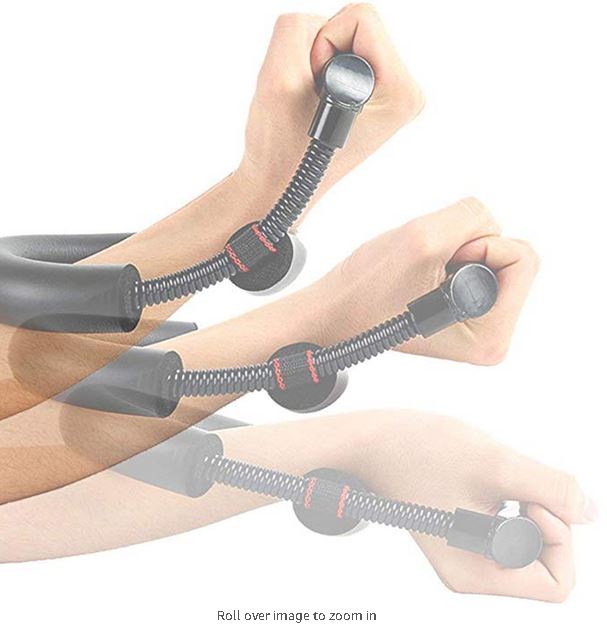
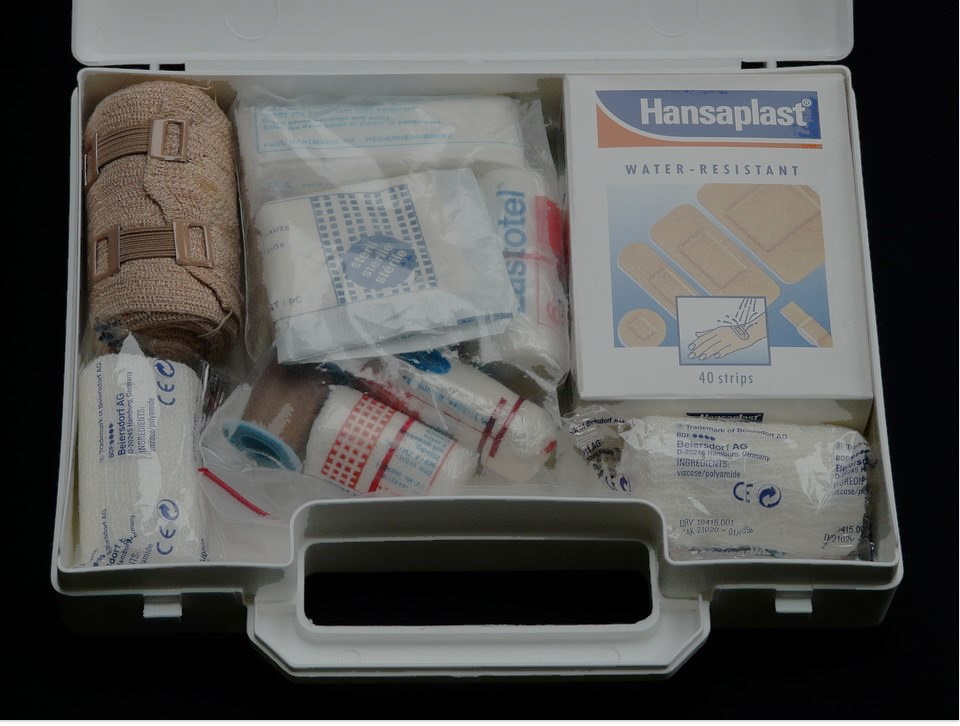 Burn Care
Burn Care Mental Health Rehabilitaion
Mental Health Rehabilitaion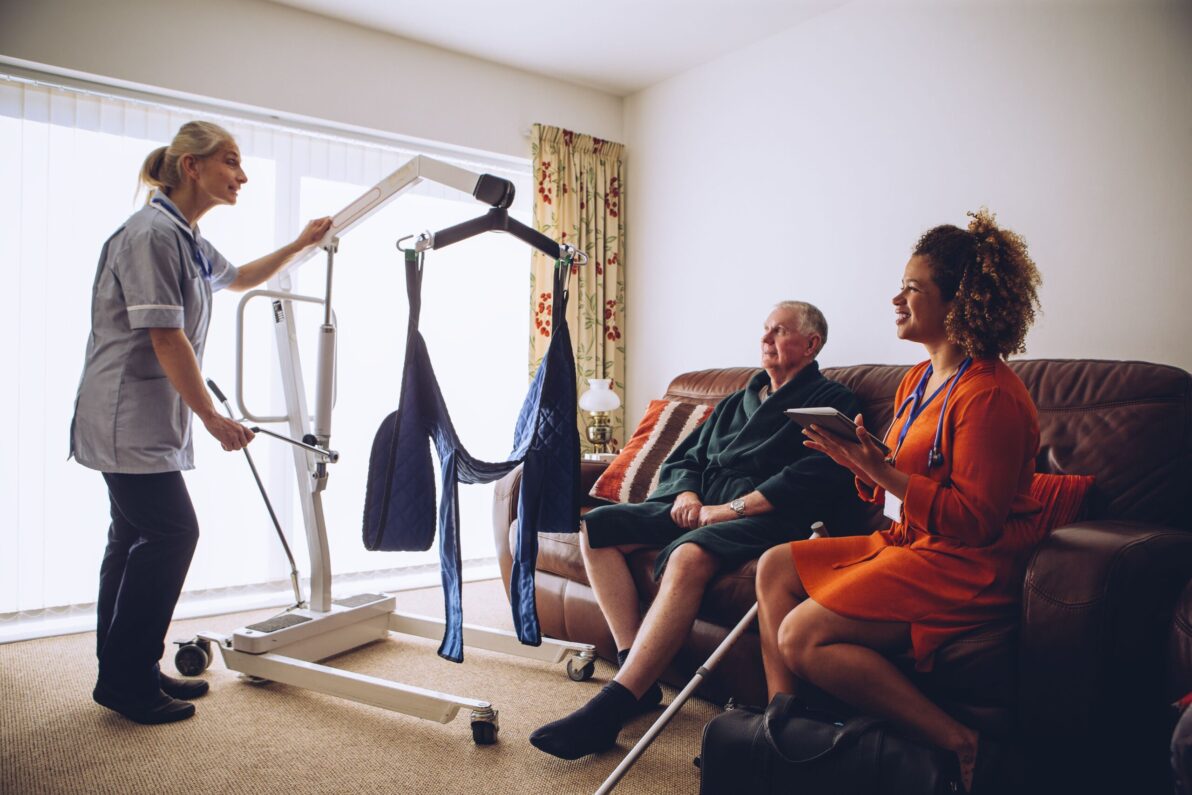
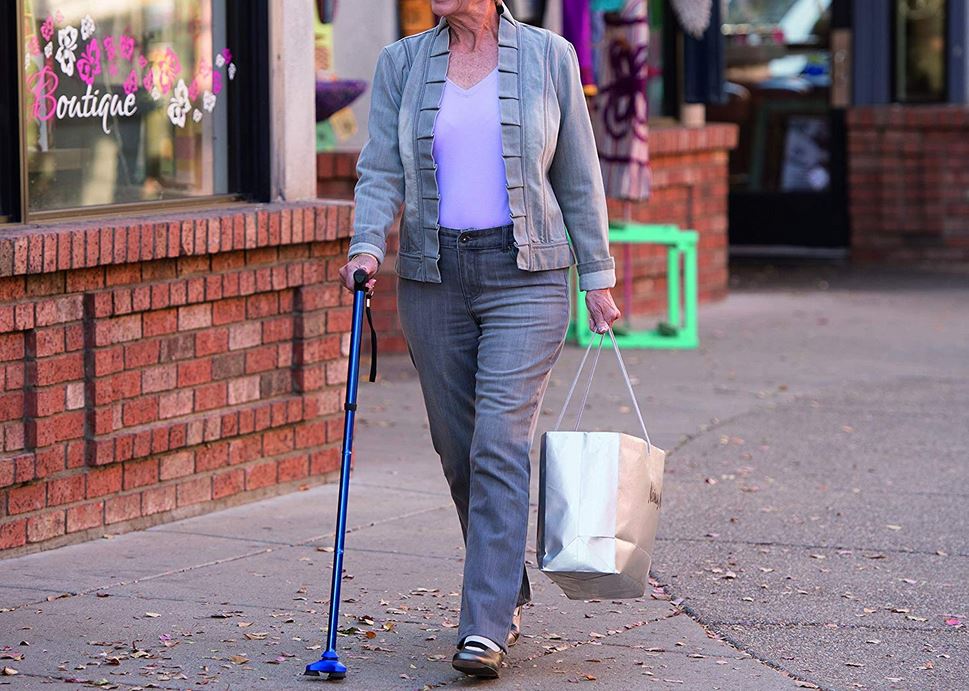 Canes
Canes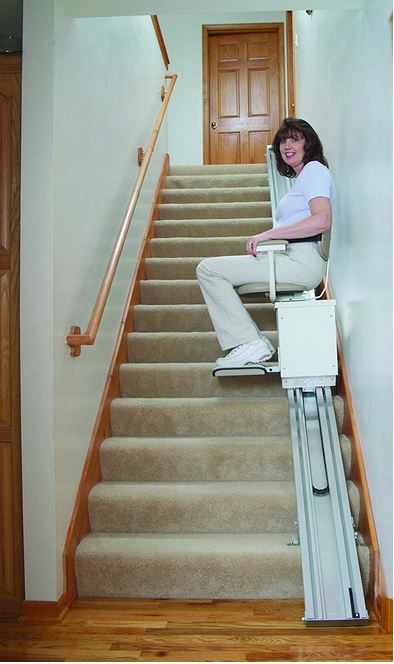 Chair Lifts / Stair Lifts
Chair Lifts / Stair Lifts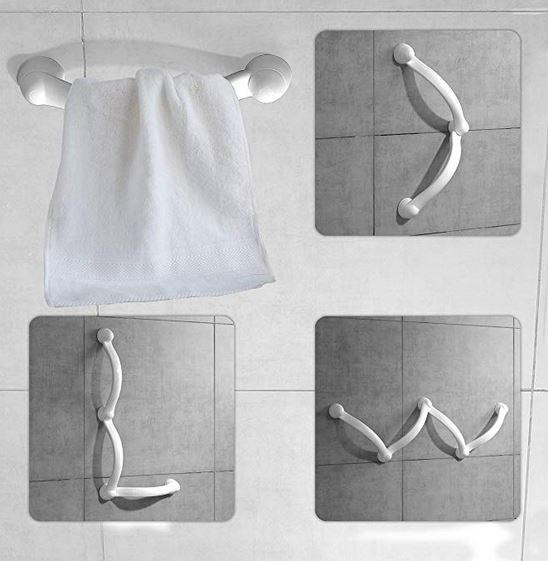 Grab Bars
Grab Bars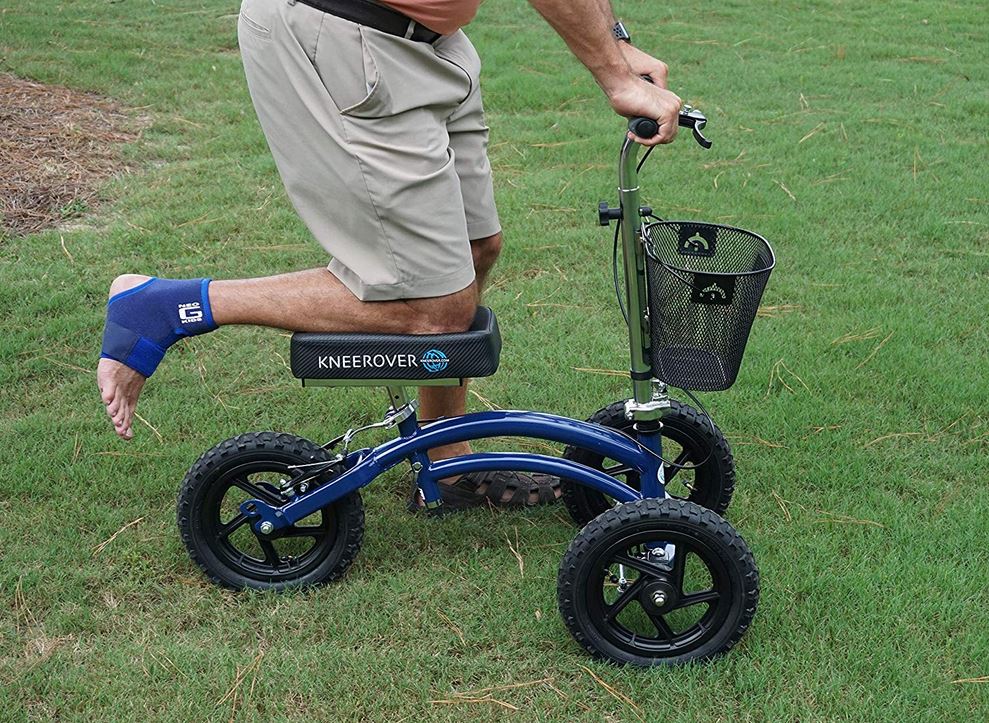 Knee Scooters / Knee Walkers
Knee Scooters / Knee Walkers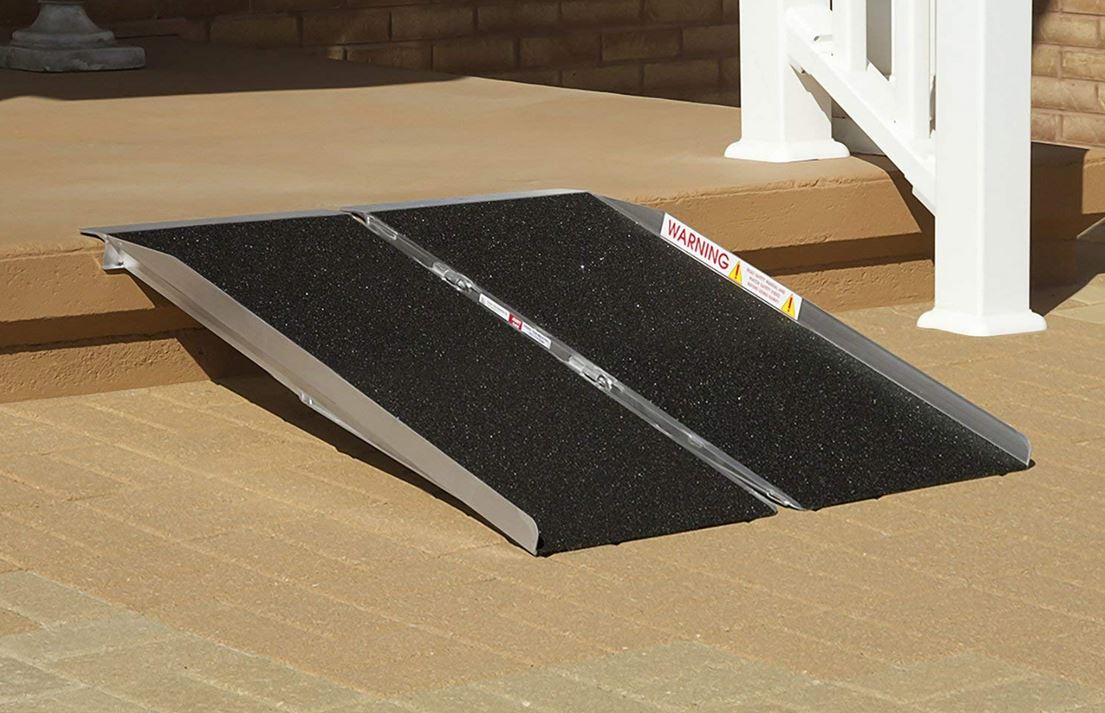 Ramps
Ramps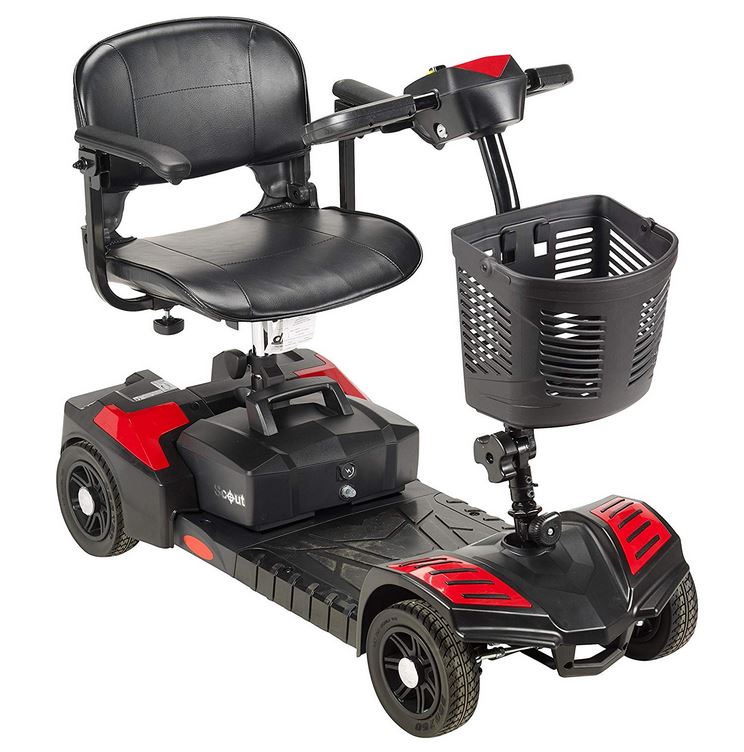 Scooters
Scooters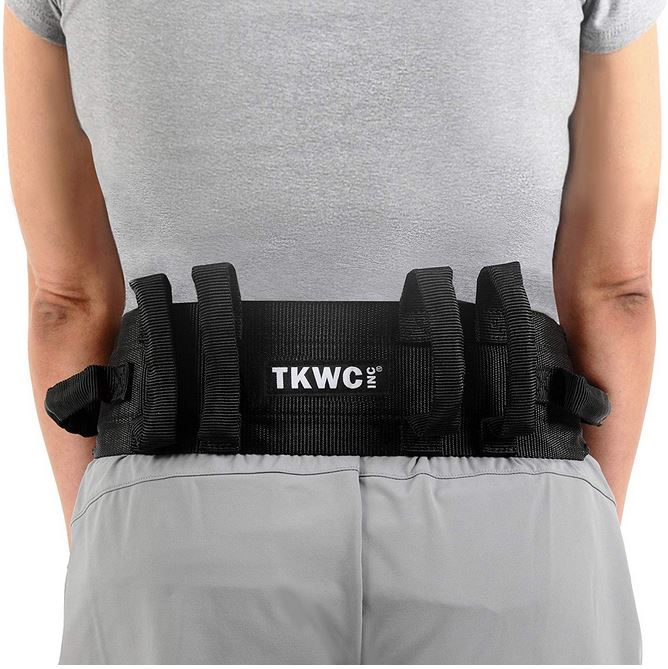 Transfer belts / pads / equipment
Transfer belts / pads / equipment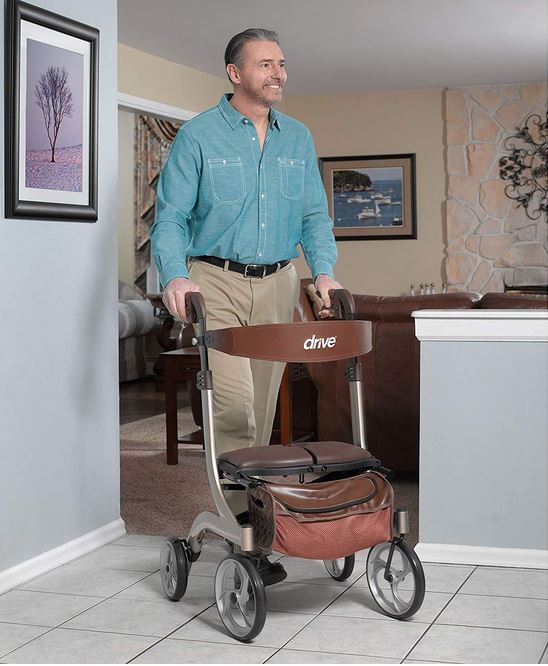 Walkers and Rollaters
Walkers and Rollaters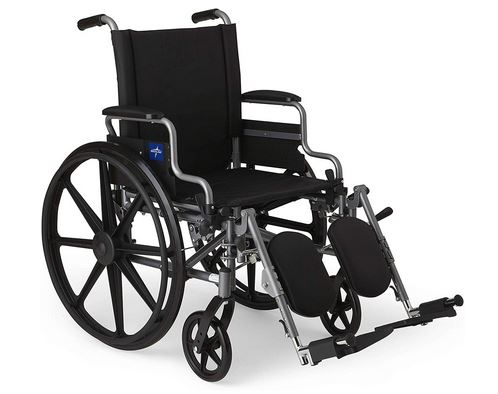 Wheelchairs and Mobile Chairs
Wheelchairs and Mobile Chairs
 Accounting and Tax
Accounting and Tax Books-Seminars-Courses
Books-Seminars-Courses
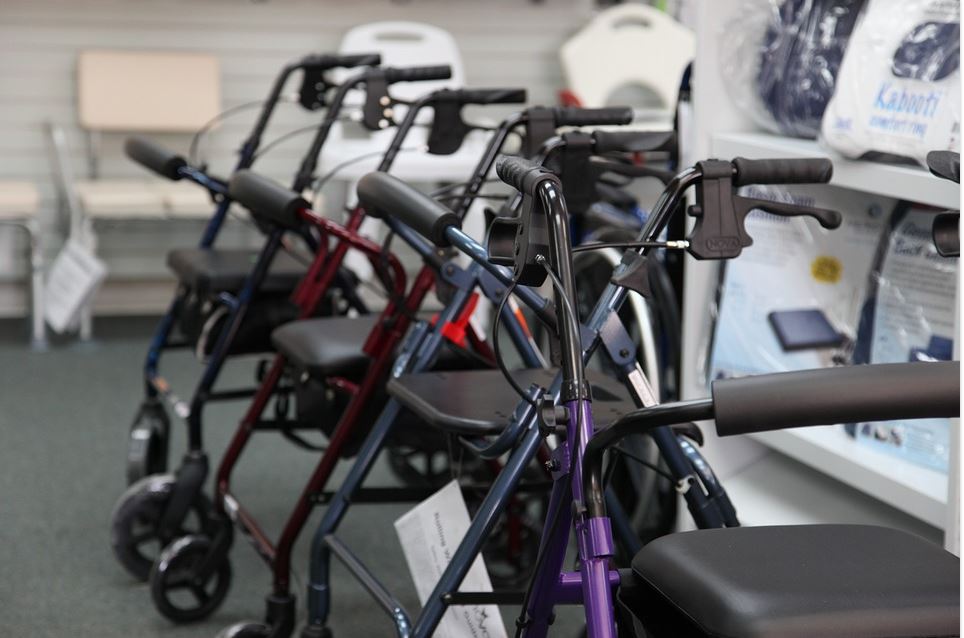 ASSISTED LIVING
ASSISTED LIVING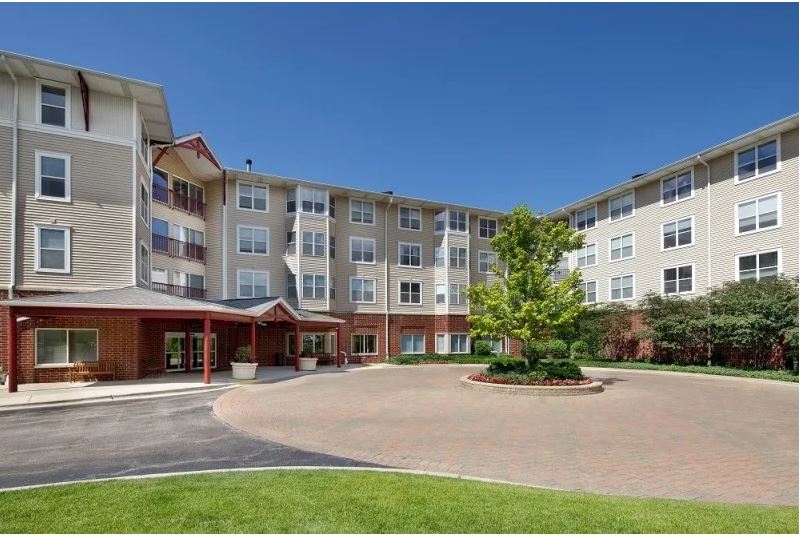 Assisted Living Facilities
Assisted Living Facilities Cohousing Communities
Cohousing Communities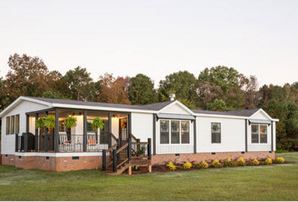 Manufactured Housing Communities
Manufactured Housing Communities Naturally Occurring Retirement Communities (NORCs)
Naturally Occurring Retirement Communities (NORCs) Personal Residence LIving Independetly
Personal Residence LIving Independetly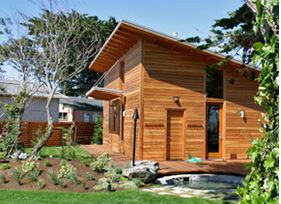 Accessory Dwelling Units
Accessory Dwelling Units Continuing Care Retirement Communities
Continuing Care Retirement Communities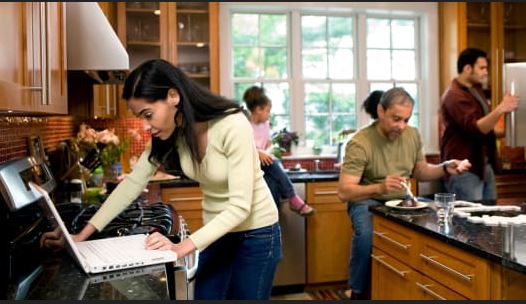 Multigenerational Households
Multigenerational Households